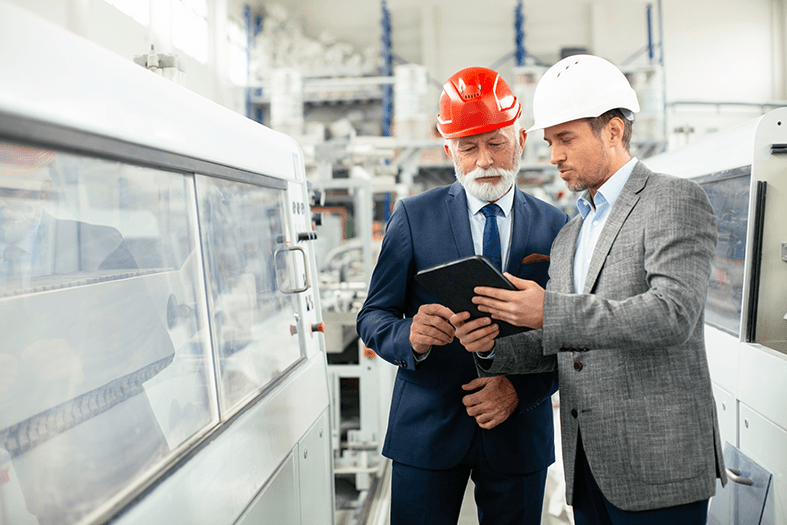The Future is Now for Your Company – Thanks to a Digital Twin


What is a digital twin?
A digital twin is the virtual counterpart or digital image of a real machine or system that contains relevant data and properties of the original, all presented in near real-time. Digital twin technology is widely used in manufacturing, construction and factory planning to ensure production processes are optimized, systems are monitored and maintained, and downtimes and disruptions are avoided.
A digital twin can be incorporated into a variety of processes – for example, processes in service and maintenance, production and logistics, design and development, sales and after-sales service. Digital twin technology is used to collect and analyze real-time information about the behavior of a certain system or process. This allows a company to make better decisions by providing access to more accurate data that helps minimize risk and predict success.
Great – how would a digital twin look for me?
The future is Now for your Company

At a glance
What is the advantage of having a digital twin?
Using a digital twin to monitor machines and systems offers a number of advantages. In the long term, a digital twin aids in improving the performance of processes or products. Digital twins can also help mitigate risk and reduce costs. Real-time data is processed, forming the basis for optimization-related decision making.


1. Real-time monitoring:

2. Predict and optimize:

3. Training and simulation:

4. Greater efficiency:

5. Reduced costs and risk:
From the initial Idea in
How is a digital twin created?
The first step towards a digital twin is taken at the same time the initial idea for a new machine is conceived. The virtual counterpart, a fully functional model based on real machine data, is created in parallel to the machine.


There are three phases of digital twins:
Eays. Fast. Innovative.
How does a digital twin work?
A digital twin is a digital model that replicates a real process or machine. The digital twin is continuously supplied with real machine data, thus mapping the machine’s behavior at any point in time. The data collected is processed in a virtual environment and serves to improve the efficiency and performance of processes, as well as monitor the machine at all times, minimizing risks and lowering costs.
In which industries and areas is digital twin technology most often used?
Digital twins are used in many different industries. Companies from the industry 4.0, manufacturing, logistics, energy, automotive, and aerospace sectors often use digital twins, always with a focus on topics such as process optimization, improved quality, cost reduction and improved automation. Plus, digital twins can be used to optimize supply chains and the flow of goods and materials.
An investment
that pays off
How much does a digital twin cost?
How much a digital twin costs depends on several factors, including the size and complexity of the project, the number of features needed, and the outcome you’re looking for. It is also important to consider the costs of implementation, maintenance, and support. Typically, a digital twin incurs one-off costs and includes the license fee for software, the cost of developing the modules required, and the cost of implementation and maintenance. Experience has shown that costs are recovered after a very short time, since every disruption or missed maintenance would incur significantly higher costs.

Put your business in the fast lane today. Let digitization and the digital twin lead the way to a successful future.





Easy integration
Into which processes can a digital twin be integrated?
A digital twin can be used in a variety of processes, from service and maintenance through to production and logistics, design and development, and even in sales and after-sales service.
Digital twins are used to collect and analyze information about the behavior of a certain system or process. This means companies can make better decisions by allowing them to use real data that helps to reduce risk and predict success.

